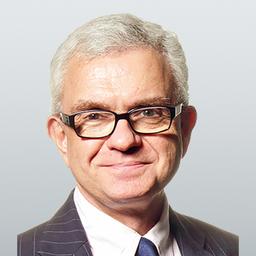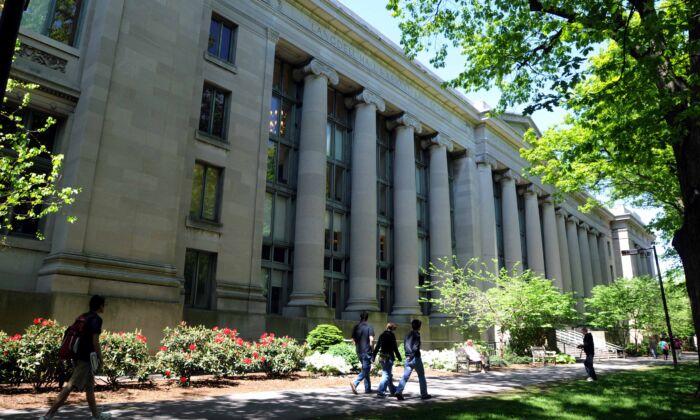Loss of liberty is the price now being paid by the people of New South Wales (NSW) for the State Premier Gladys Berejikian’s decision to eradicate the Delta variant of COVID-19 currently raging through the community.
Freedoms we took for granted until very recently have suddenly been snatched away, in a situation in which there seems to be no good choices.
Five million people in the Greater Sydney region are now living in a heightened lockdown that looks set to be extended well beyond the middle of July. Berejiklian has already told residents of the state “things are going to get worse” as infection rates continue to rise, and NSW records another death.
As of last weekend, 52 people were hospitalised with COVID-19 in NSW, of whom 15 were in intensive care, and 5 on ventilators. More worryingly for authorities, many of those in the hospital were under the age of 35, dispelling the myth that the dangers of COVID should only be feared by the elderly.
News of the tough lockdown quickly wiped 65 points from the ASX200 on July 9 as investors feared the economic damage likely to be inflicted. We can expect businesses to fail. Unemployment will surely rise—there’s no JobKeeper this time—and families will be faced with additional strain.
This turnaround has come as a shock to many.

Just a few weeks ago, life in Sydney was as close to getting back to normal as many had seen for a long time. Cafes and restaurants were full, businesses were opening up, and internal tourism was booming. So was this all too good to be true?
Certainly, Australia—and particularly NSW—had been held up around the world as a model for handling the pandemic effectively. With international borders sealed, and movement of people between states carefully monitored, national infection rates remained low, with hospital capacity plentiful.
But that success, in itself, bore the seeds of the current predicament. With movement in and out of the country tightly controlled, Australia’s population was largely shielded from infection, leaving it vulnerable in the face of a more highly contagious strain of COVID such as the Delta variant.
At the same time, Australia’s early success in fighting COVID was frustrated by a bungled rollout of vaccines. At a time when the federal government should have been moving as quickly as possible to protect a vulnerable population, Prime Minister Scott Morrison declared “this is not a race.”
Therefore, many believed getting vaccinated was not a priority. That, coupled with media stories about adverse reactions to the AstraZeneca vaccine, helped account for Australia’s current and very low take-up of the jab—only 9 percent of the population is fully vaccinated.
This compares with a rate of 51 percent in the UK, 57 percent in Israel, and 48 percent in the United States where deaths from COVID soared in the early days of the pandemic, but are now falling. In Australia, by contrast, deaths in the early stage remained very low; but now they are starting to climb.
Australian governments are working hard to overcome so-called “vaccine hesitancy,” which remains high. A recent study indicated 40 percent of Australians were hesitant about receiving vaccination. There is now an effort to push the vaccination rate to one million doses per week.
Meanwhile, in an effort to stem the rapidly rising number of Delta strain cases in NSW, the Berejiklian government is determined to pursue a policy not to just suppress the virus, but one for all-out eradication and zero community transmission.
We cannot live with this virus, says Berejiklian.

If rates of community transmission do not go down soon, expect to see additional restrictions on freedom of movement imposed, and the heightened lockdown extended for longer. There are already fears it could wipe as much as $7 billion from national GDP.
But the economic cost will not be the only factor to consider. Concerns are also mounting about the impact on mental health.
In 2019, JobKeeper payments helped to keep heads above water but with minimal government assistance this time round, household budgets will come under great strain.
Many are asking whether this kind of pain—economic, social, and psychological—is worth it. According to some reports, even members of Berejiklian’s cabinet flinched at the prospect of inflicting such damage on the nation’s largest city in pursuit of an elusive “zero” goal.
But the Delta strain is ripping through Greater Sydney. With its reputation for administrative competence tested, and faced with such low rates of vaccination in the community, it is hard to see what options remain for a government now publicly committed to a policy of total eradication.
The danger facing Berejiklian is that she may have painted herself into a corner. Total eradication of the Delta variant seems an impossible goal. But the premier has drawn her own red line and may have greatly overestimated her chances of success.
Berejiklian’s mid-winter COVID policy of eradication is being driven by politics as much as public health policy. As a result, residents of Greater Sydney and the rest of NSW face the prospect of an even longer lockdown.
Ultimately, they are paying a heavy price for what may be an unachievable goal.





